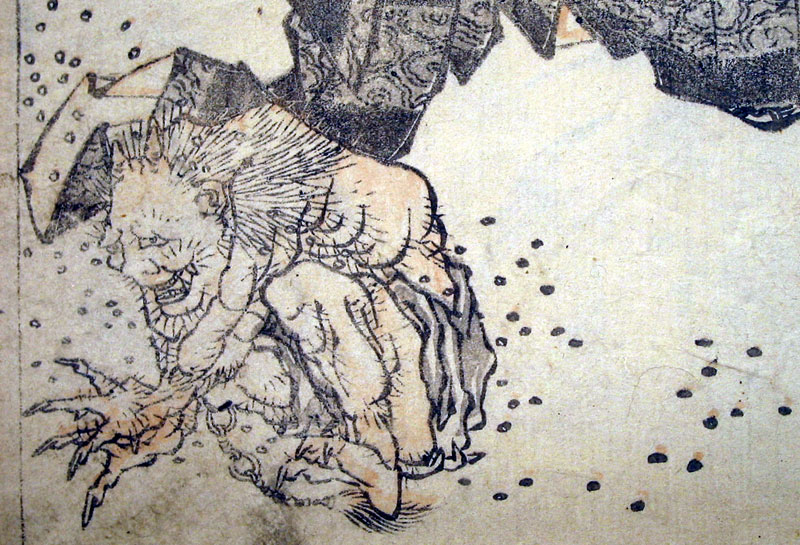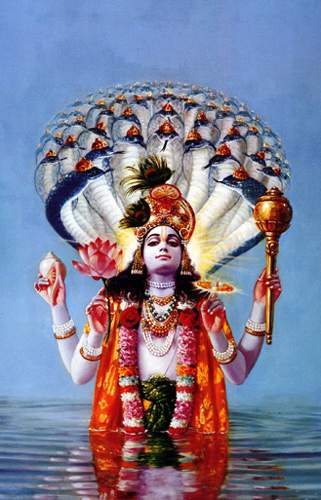
(Old Russian Graveyard near Dutch Harbor, Alaska (Nov. 15, 2007), posted to Flickr by user Sonya (Creative Commons License), no changes made)
The Headless Princess concerns a sort of dullahan-like creature attempting to blend into human society, even the father of the headless girl dodges her supernatural nature by paying the priest's son who imprisoned her instead of killing her as compensation.
Considering dullahans, living corpses, demons, warlocks and other sorts of things live close to humanity in this world, one has to wonder how they manage to stay hidden...
A lot of the creatures, like vampires and zombies, can be born from human transformation. To be human, yet not truly human... How would someone live in a world where you are treated lesser because of that?
As The Two Corpses demonstrates with the two undead figures arguing over who gets to eat the soldier on the grounds of whose property he was on first,, their conversations seem very normal to their eyes, but rather strange when compared to socially-accepted norms. I like this humorous bit of conduct. What other norms are accepted by monsters and not humans?
There seem to be a fair bit of demonic goings-on in this half of the unit. It seems very easy in this storybook for the worlds of demons and mortals to intersect, and for its residents to traverse between them.
The Two Friends demonstrate the potential cruel mistress known as time, telling us through the a loss of 300 years that letting time run out of your control in ignorance without taking chances will bring pain to yourself and those around you.
It also must be an indescribable feeling to watch history fly by without being able to die of old age.
Graveyards are quite a recurring set-piece in this half of the unit, such as in The Coffin-Lid and The Two Friends. The common purpose seem to show the crucial interplay between the worlds of the living and dead in the development of the plot.
Bibliography
Mythology & Foklore Russian Folk Tales Unit, stories taken from Russian Fairy Tales: A Choice Collection of Muscovite Folk-lore by W. R. S. Ralston
.jpg)
_02.jpg)
.png)
.jpg)











